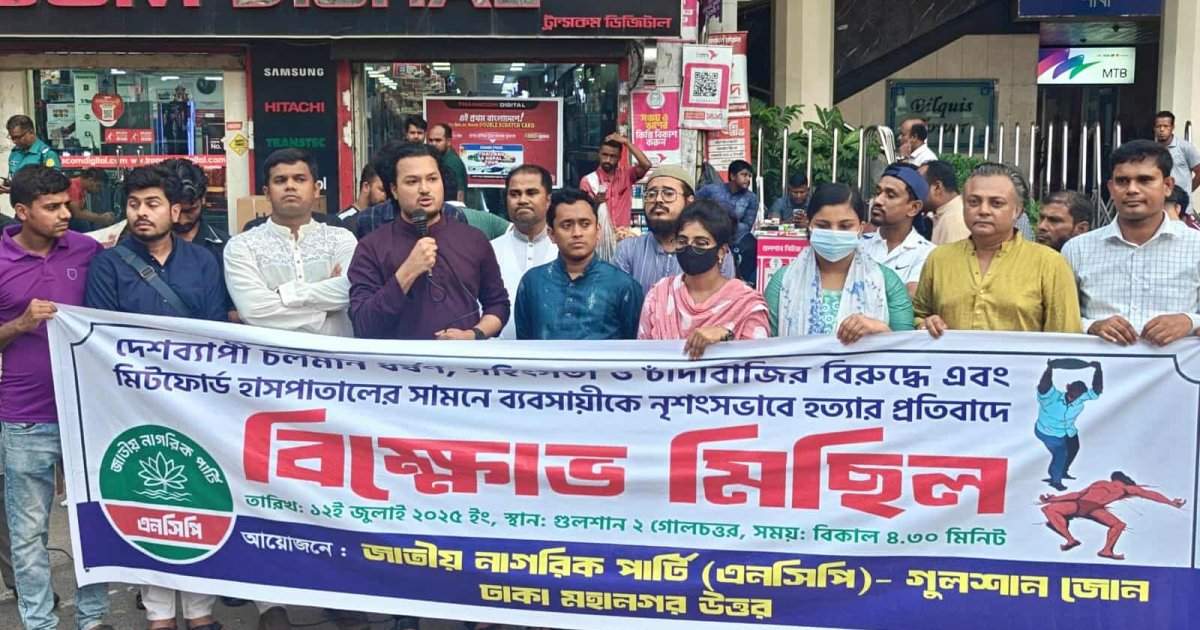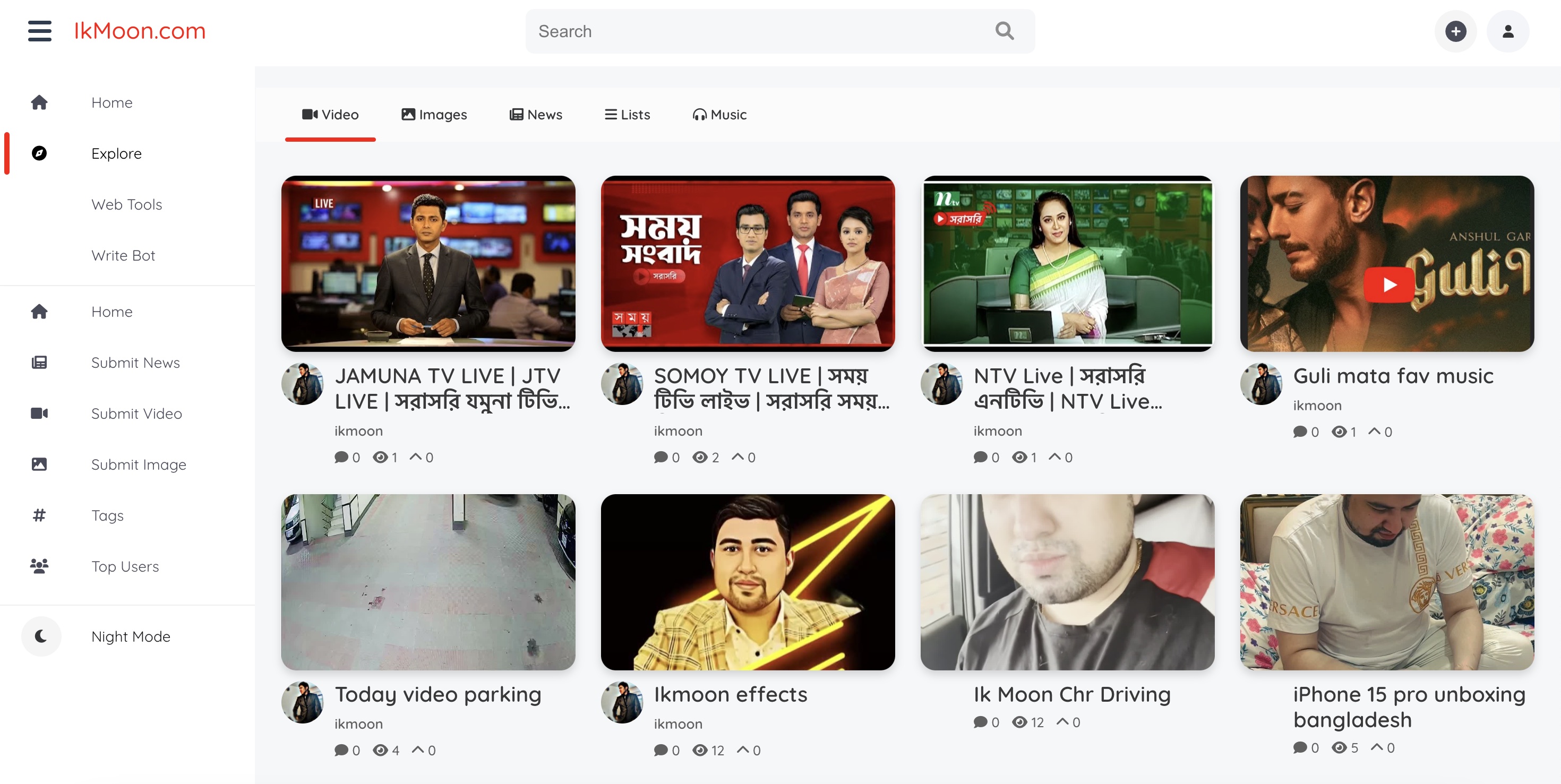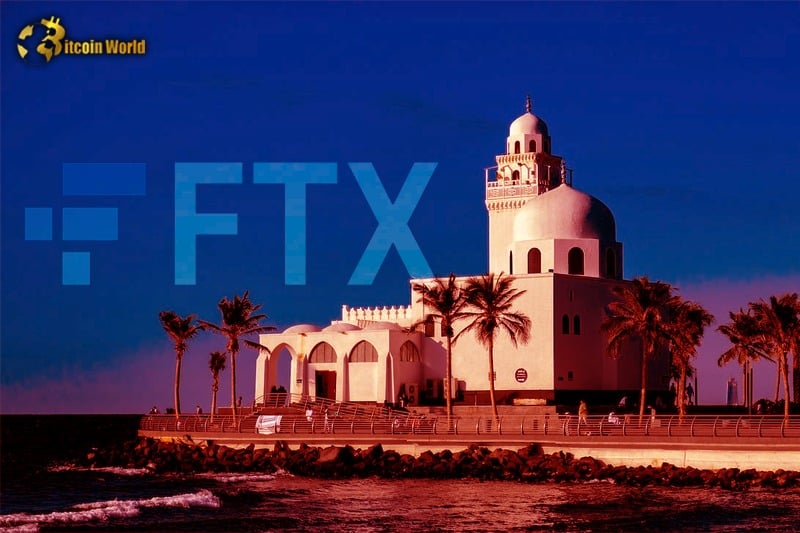Why the Best Tech Stack for Blockchain Developers Is Pivotal to Application Development
The post Why the Best Tech Stack for Blockchain Developers Is Pivotal to Application Development appeared on BitcoinEthereumNews.com. A tech stack, often referred to as a technology stack, is a combination of software tools, frameworks, and technologies used to build and run a digital application or website. It’s akin to the foundation and building blocks of a structure, where each component has a specific role in ensuring the application’s functionality and performance. In the world of blockchain development, the tech stack becomes even more intricate, encompassing blockchain platforms, smart contract languages, decentralized storage solutions, and more. As the digital landscape continues to evolve, understanding and selecting the appropriate tech stack remains a pivotal aspect of successful application development. Components of a tech stack At its core, a tech stack is divided into two main components: the frontend (or client-side) and the backend (or server-side). Frontend: This is the visible part of the application that users interact with directly. It encompasses everything that the user experiences directly: text colors and styles, buttons, images, sliders, and any other elements. Common technologies used in the frontend include HTML, CSS, and JavaScript, along with frameworks like React, Angular, and Vue.js. Backend: This is the behind-the-scenes part of the application, responsible for storing and organizing data, ensuring that everything on the frontend runs smoothly, and managing the overall logic of the application. It consists of a server, an application, and a database. Popular backend technologies include server environments like Node.js or Ruby on Rails, and databases such as PostgreSQL, MongoDB, and MySQL. Choosing the right tech stack is crucial for the success of an application. The decision often depends on various factors, including the project’s requirements, the team’s expertise, scalability needs, and budget constraints. A well-chosen tech stack can streamline development processes, enhance user experience, and ensure the application’s long-term viability. It’s essential to remember that while trends in technology come and go,…

The post Why the Best Tech Stack for Blockchain Developers Is Pivotal to Application Development appeared on BitcoinEthereumNews.com.
A tech stack, often referred to as a technology stack, is a combination of software tools, frameworks, and technologies used to build and run a digital application or website. It’s akin to the foundation and building blocks of a structure, where each component has a specific role in ensuring the application’s functionality and performance. In the world of blockchain development, the tech stack becomes even more intricate, encompassing blockchain platforms, smart contract languages, decentralized storage solutions, and more. As the digital landscape continues to evolve, understanding and selecting the appropriate tech stack remains a pivotal aspect of successful application development. Components of a tech stack At its core, a tech stack is divided into two main components: the frontend (or client-side) and the backend (or server-side). Frontend: This is the visible part of the application that users interact with directly. It encompasses everything that the user experiences directly: text colors and styles, buttons, images, sliders, and any other elements. Common technologies used in the frontend include HTML, CSS, and JavaScript, along with frameworks like React, Angular, and Vue.js. Backend: This is the behind-the-scenes part of the application, responsible for storing and organizing data, ensuring that everything on the frontend runs smoothly, and managing the overall logic of the application. It consists of a server, an application, and a database. Popular backend technologies include server environments like Node.js or Ruby on Rails, and databases such as PostgreSQL, MongoDB, and MySQL. Choosing the right tech stack is crucial for the success of an application. The decision often depends on various factors, including the project’s requirements, the team’s expertise, scalability needs, and budget constraints. A well-chosen tech stack can streamline development processes, enhance user experience, and ensure the application’s long-term viability. It’s essential to remember that while trends in technology come and go,…
What's Your Reaction?











































